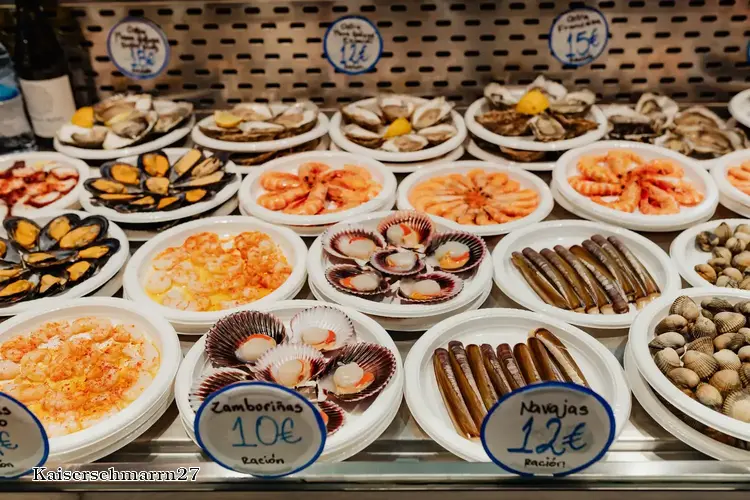

First, let's start with the name. "Kaiserschmarrn" might sound like a mouthful, but it's actually a compound word that combines "Kaiser" (Emperor) and "Schmarrn" (a colloquial term for a mess or disarray). The name's origin dates back to the late 19th century, when the Austrian Emperor, Franz Joseph I, was known to indulge in this sweet treat during his breakfast. Over time, the dish became a beloved breakfast staple not only in Austria but also in parts of Germany, Hungary, and even Italy.
Now, let's explore the ingredients and preparation. Kaiserschmarrn is essentially a sweet pancake or crepe, made with a simple batter of flour, eggs, sugar, and milk. The batter is poured into a hot pan and cooked until bubbles form on the surface. Then, the pancake is flipped, and the other side is cooked until golden brown. It's not uncommon for the pancake to be torn into bite-sized pieces while cooking, which adds to its signature "messed up" appearance.
Traditionally, Kaiserschmarrn is served with powdered sugar, fresh fruit (such as cherries or strawberries), and sometimes even a drizzle of chocolate or caramel sauce. The combination of the fluffy, slightly crispy pancake, the sweetness of the fruit, and the richness of the chocolate or caramel creates a taste experience that's truly divine. In some regions, locals also add a sprinkle of cinnamon or a dollop of whipped cream to further enhance the flavor.
Now that we've covered the basics, let's discuss the cultural significance of Kaiserschmarrn. As I mentioned earlier, this dish has a rich history, and it's not just a tasty breakfast option - it's also a symbol of Austrian and German culinary traditions. In the past, Kaiserschmarrn was often served at special occasions such as weddings, festivals, and even royal banquets. Today, it remains a popular breakfast choice among locals and tourists alike, and it's not uncommon to find long lines of people waiting to buy Kaiserschmarrn from street vendors or cafes.
In conclusion, Kaiserschmarrn is a delicious and culturally significant dish that deserves your attention. It's a delightful representation of Austrian and German culinary traditions, and once you try it, you'll understand why it's been a beloved breakfast staple for centuries. So, the next time you're in Europe, make sure to stop by a local café or street vendor and indulge in a plate (or two) of Kaiserschmarrn. Your taste buds will thank you!
I hope this column has not only introduced you to a new dish but also inspired you to explore the rich culinary heritage of Europe. Remember, food is an integral part of any culture, and every dish has a story to tell. As a columnist, I'm passionate about sharing these stories and inspiring my readers to explore new cuisines. Thank you for joining me on this culinary journey, and until next time, bon appétit!
DISCLAIMER: This information is provided for general informational purposes only, and publication does not constitute an endorsement. Kwick365 does not warrant the accuracy or completeness of any information, text, graphics, links, or other items contained within this content. Kwick365 does not guarantee you will achieve any specific results if you follow any advice herein. It may be advisable for you to consult with a professional such as a lawyer, accountant, or business advisor for advice specific to your situation.
today
Copyright © 2025 KwickEAT.com
Designed by KwickPOS is the best restaurant POS